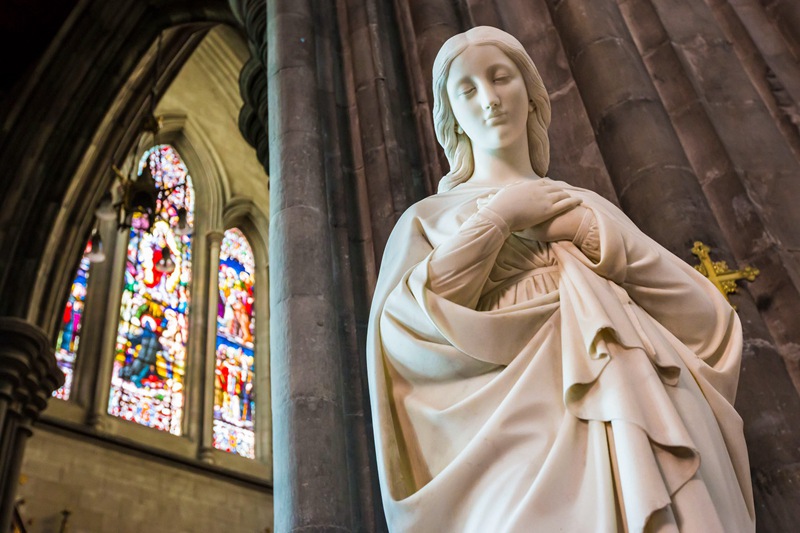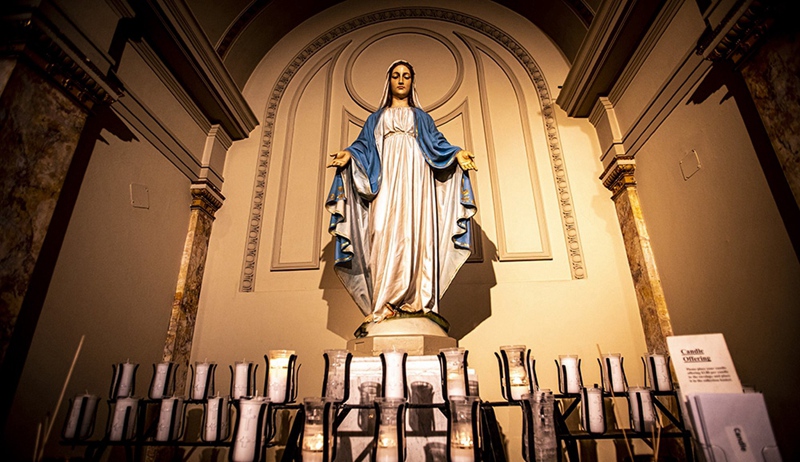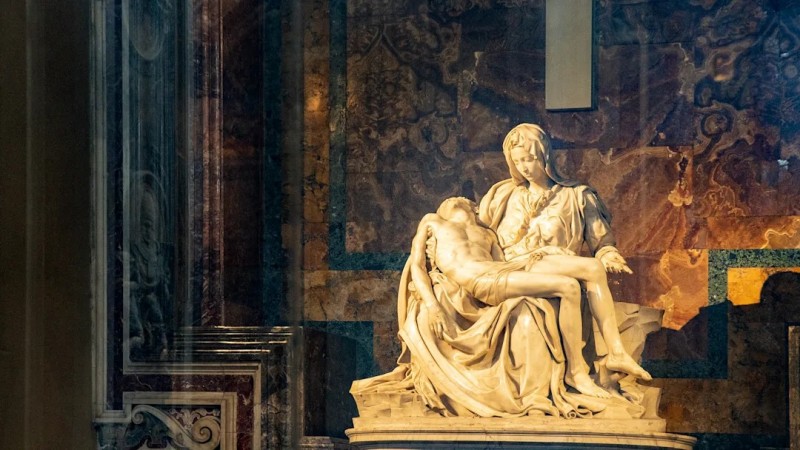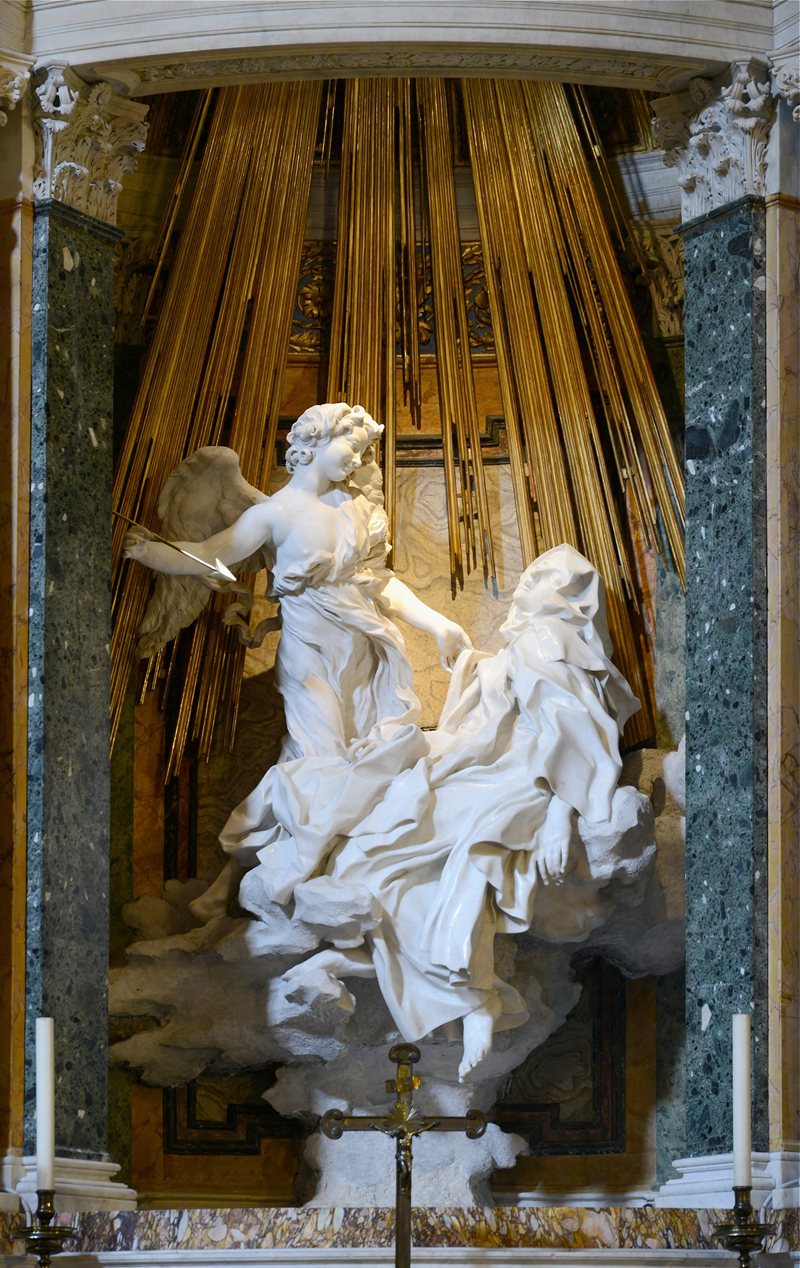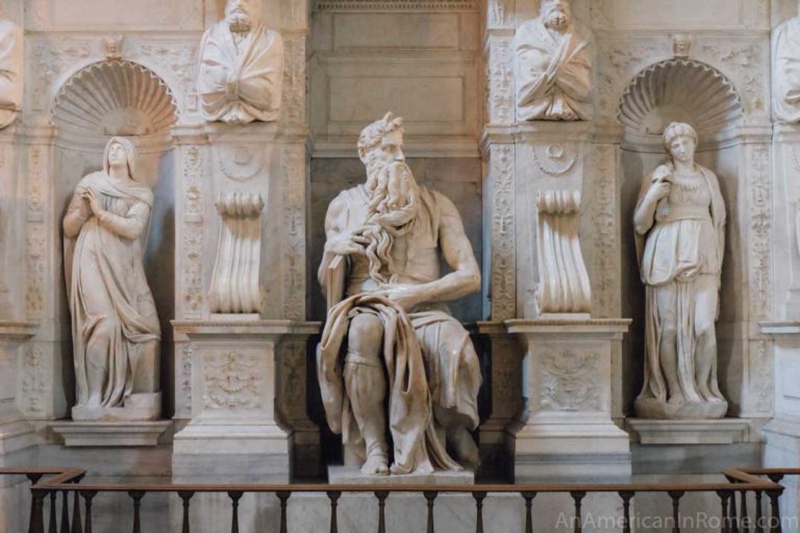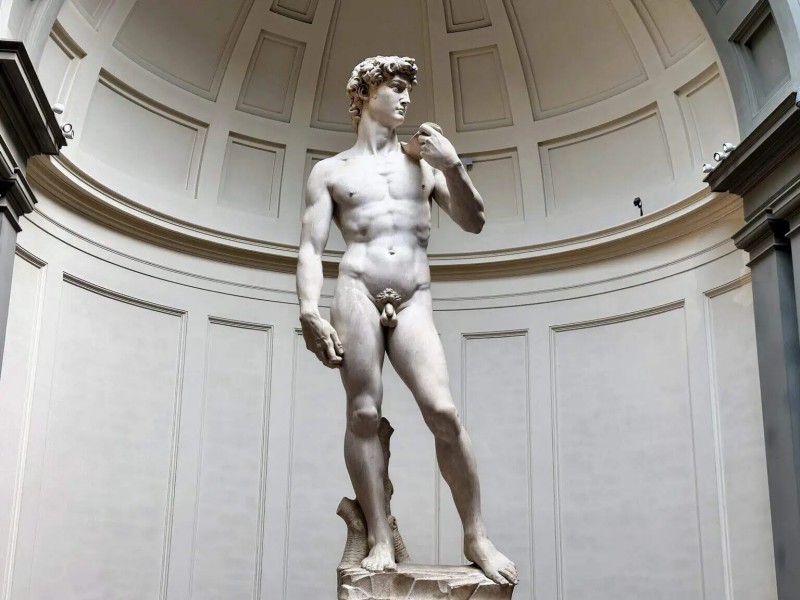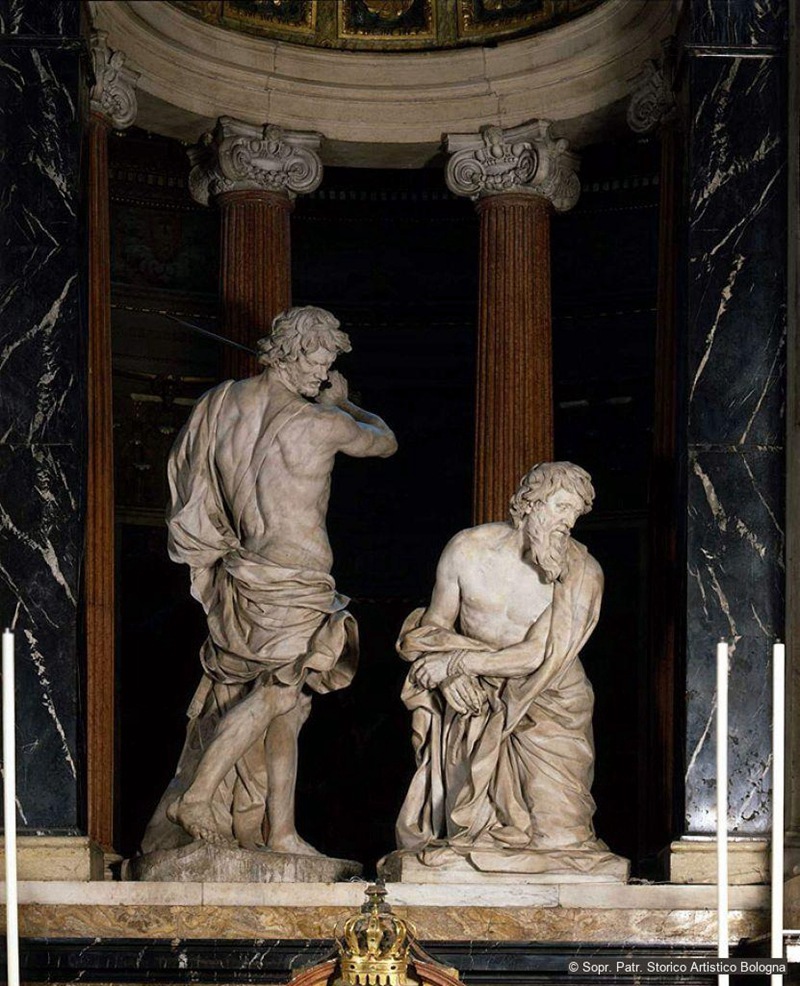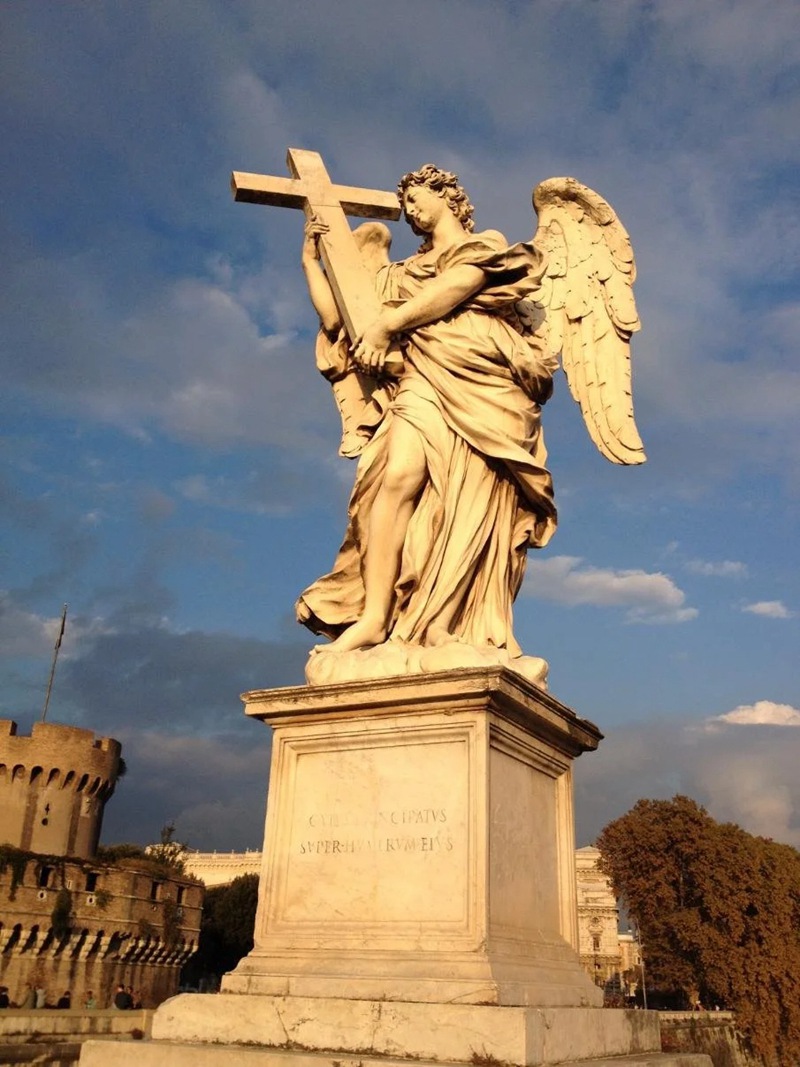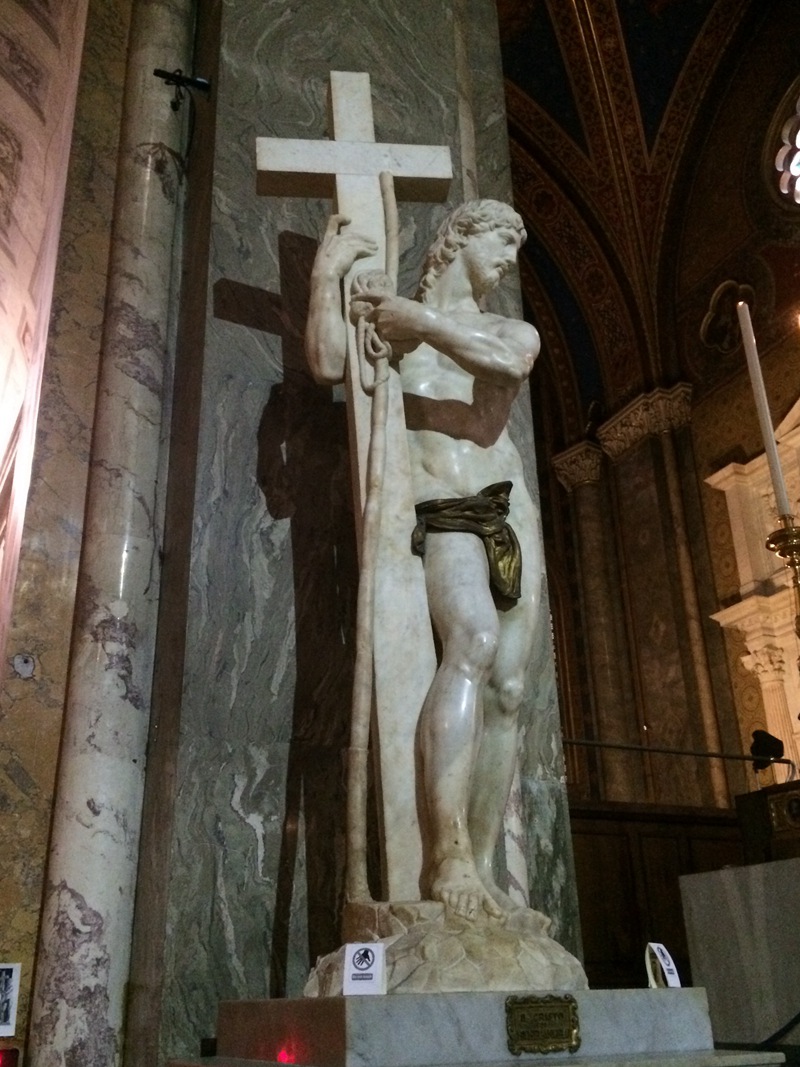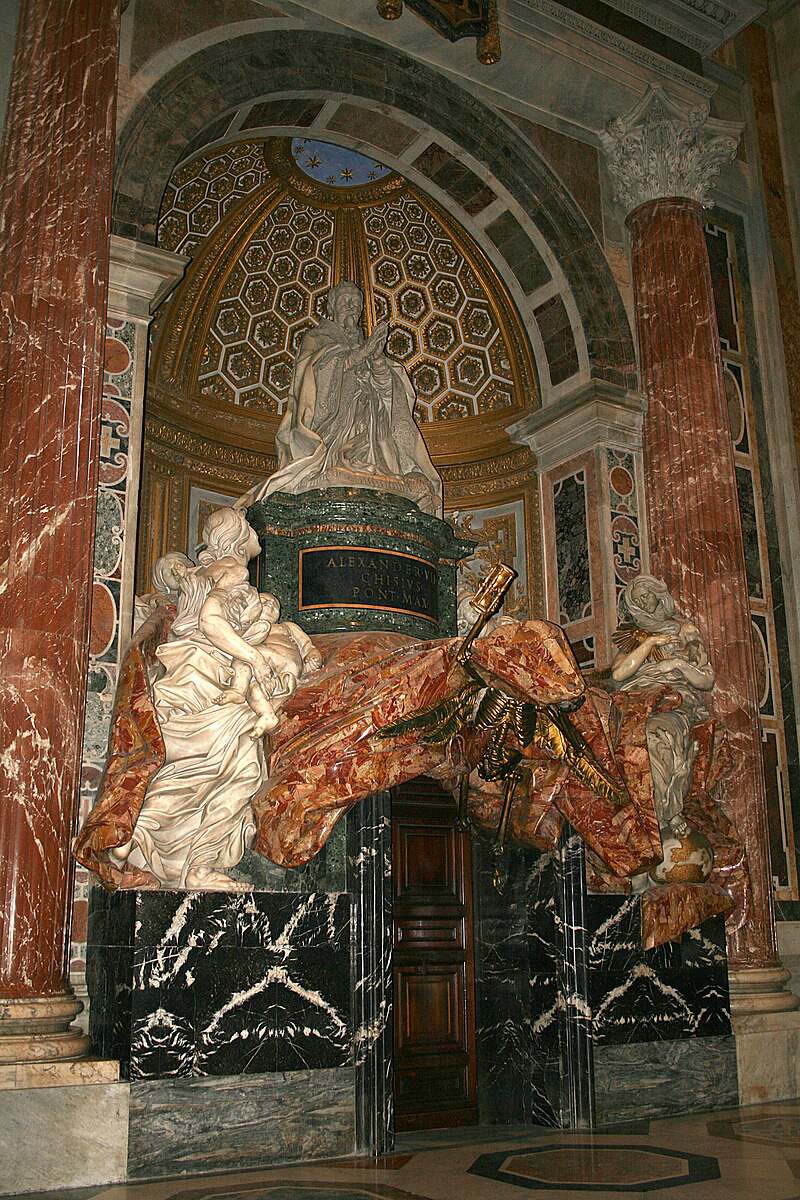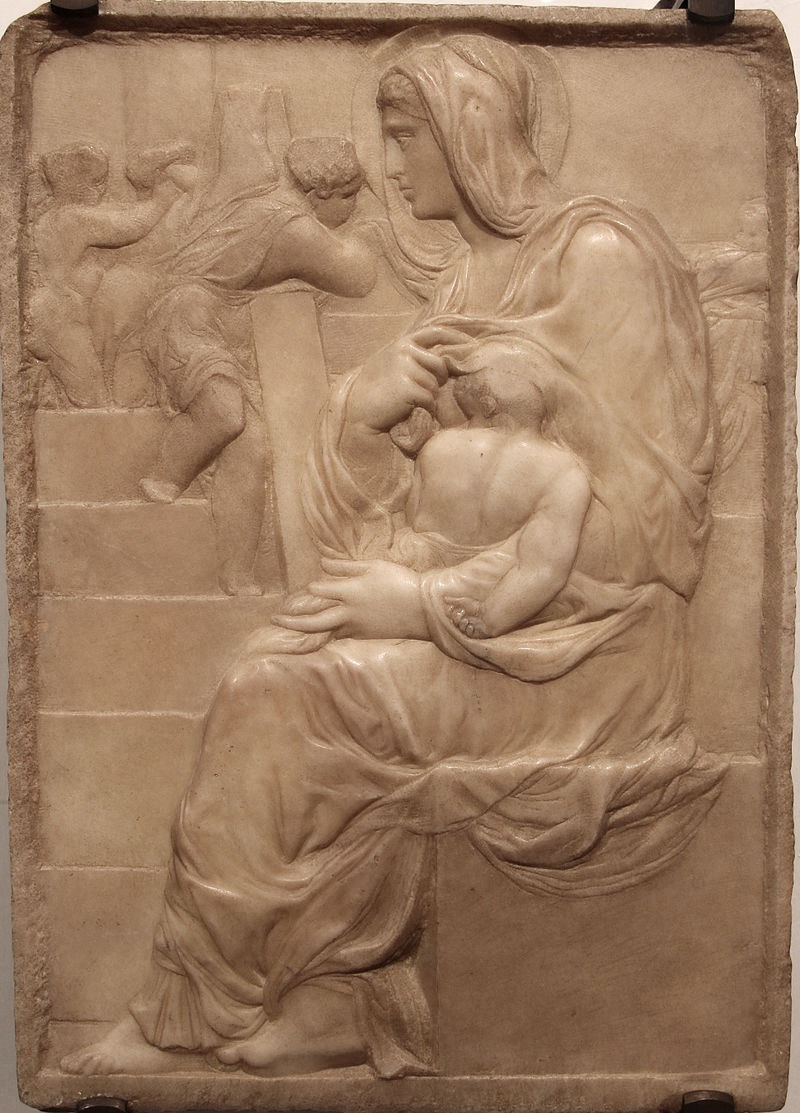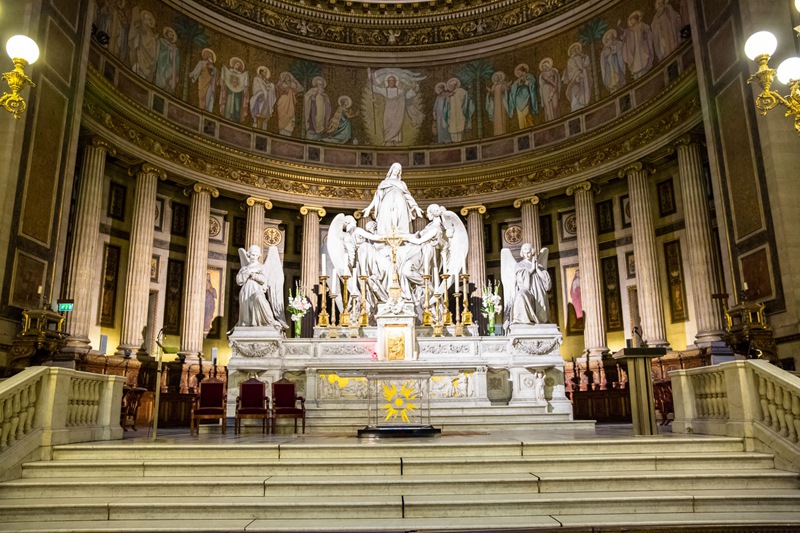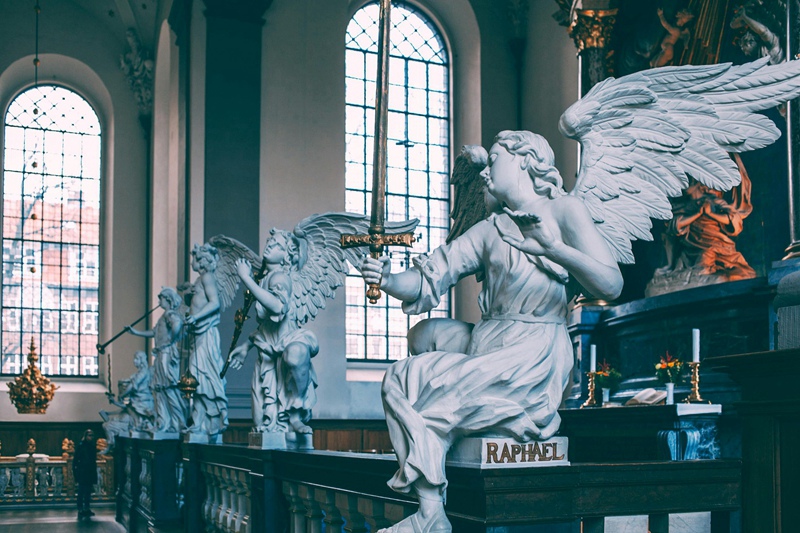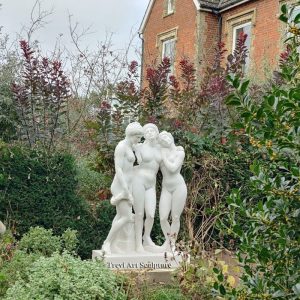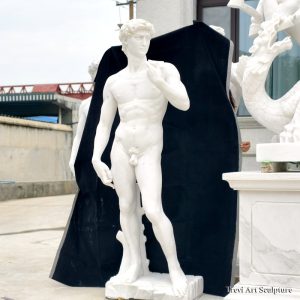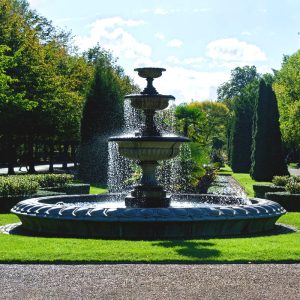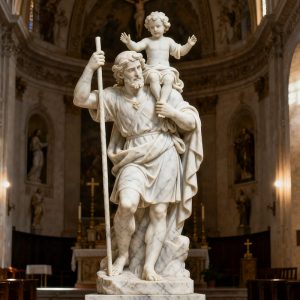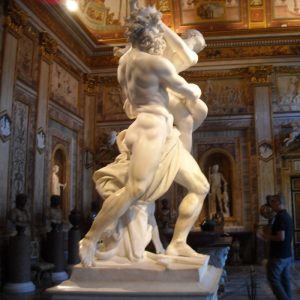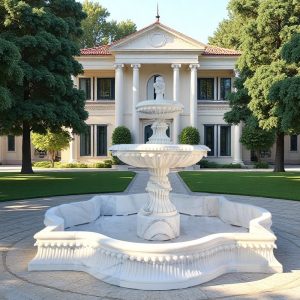Roman Catholic sculpture has its roots in early Christian art, dating back to the 1st to 3rd centuries AD. At that time, believers carved symbolic images such as fish, lambs, and crosses into the catacombs (catacombs) to express their devotion to Christ and convey their message of faith.
The Development of Roman Catholic Sculpture
With the legalization of Christianity in the Roman Empire (with the Edict of Milan in 313 AD) and the formal establishment of Catholicism, church art gradually flourished. During the Middle Ages and the Renaissance, sculpture became a crucial means of evangelism and church decoration. Artists used sculpture to depict biblical stories, images of saints, and religious sentiments, allowing believers to visually experience the divine presence.
Artistically, Roman Catholic sculpture blends ancient Greco-Roman realism with Christian symbolism. From the Gothic stone carvings of the Middle Ages to the dramatic dynamism of the Baroque period, each sculpture is a crystallization of faith, technique, and aesthetics.
10 Famous Roman Catholic Sculptures
1. Pietà
Description: Created by Michelangelo, this masterpiece depicts the Virgin Mary cradling the lifeless body of Jesus Christ after his crucifixion.
Meaning: It symbolizes Mary’s sorrow and unwavering faith in the face of suffering. The delicate details highlight Christ’s sacrifice and human vulnerability.
Location: St. Peter’s Basilica, Vatican City.
2. Ecstasy of Saint Teresa
Description: Designed by Gian Lorenzo Bernini, it portrays Saint Teresa of Ávila in a moment of spiritual ecstasy, pierced by an angel’s arrow of divine love.
Meaning: The sculpture captures the profound intensity of divine connection and spiritual transcendence.
Location: Cornaro Chapel, Santa Maria della Vittoria Church, Rome.
3. The Moses
Description: Michelangelo sculpted this grand figure of Moses holding the Tablets of the Law, with horns on his head as a mistranslation of the Hebrew Bible.
Meaning: The sculpture emphasizes Moses’ strength and his divine role in leading the Israelites.
Location: San Pietro in Vincoli (St. Peter in Chains), Rome.
4. David
Description: Michelangelo’s statue depicts the young David ready for battle.
Meaning: Although an Old Testament figure, David symbolizes faith and courage in Catholicism. His muscular lines and expression embody the humanistic spirit of the Renaissance.
Location: The Accademia Gallery in Florence, though a replica is also on display in Rome.
5. The Beheading of Saint Paul
Description: A dramatic marble relief, it represents the martyrdom of Saint Paul, capturing the moment of his execution.
Meaning: It symbolizes the ultimate sacrifice for faith and the triumph of spiritual over physical death.
Location: Basilica of St. Paul Outside the Walls, Rome.
6. The Angel with the Cross
Description: One of Bernini’s angels on the Ponte Sant’Angelo, this angel carries a cross, representing Christ’s crucifixion.
Meaning: This sculpture reminds viewers of Christ’s sacrifice for humanity’s salvation.
Location: Ponte Sant’Angelo (Bridge of Angels), Rome.
7. The Risen Christ
Description: Michelangelo sculpted this marble figure of Christ holding the cross, representing his triumph over death.
Meaning: It symbolizes resurrection, redemption, and the hope of eternal life.
Location: Basilica of Santa Maria Sopra Minerva, Rome.
8. The Tomb of Pope Alexander VII
Description: Designed by Bernini, this elaborate tomb features a skeletal figure of Death holding an hourglass, surrounded by virtues like Charity and Justice.
Meaning: It serves as a reminder of mortality and the importance of living a virtuous life.
Location: St. Peter’s Basilica, Vatican City.
9. The Madonna of the Steps
Description: Michelangelo’s early marble relief depicts the Virgin Mary with baby Jesus, showcasing tender maternal care.
Meaning: It emphasizes the humanity and divinity of Mary and Christ.
Location: Casa Buonarroti Museum, Florence (formerly in Rome).
10. The Tomb of Pope Urban VIII
Description: Another Bernini masterpiece, this tomb features a bronze figure of the pope, flanked by marble allegories of Charity and Justice.
Meaning: It highlights the virtues of Pope Urban VIII and the fleeting nature of earthly power.
Location: St. Peter’s Basilica, Vatican City.
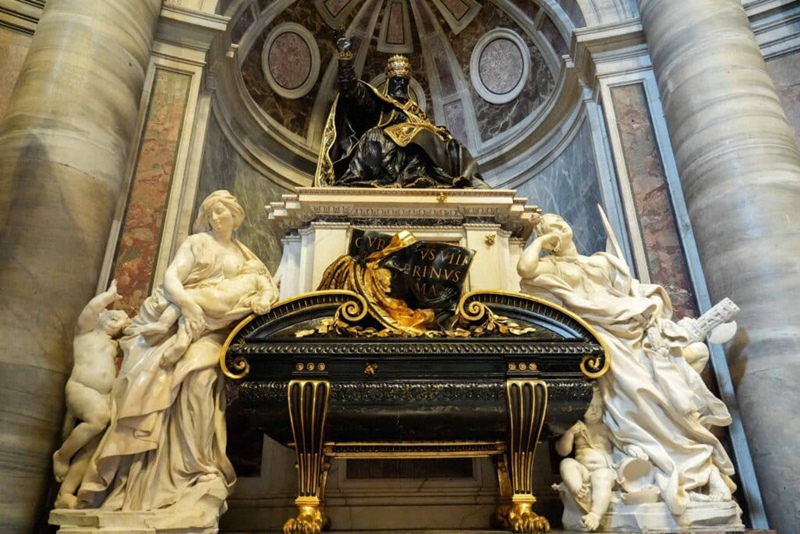
The Religious Significance of Sculptures in Churches
In Roman Catholicism, sculptures are not merely decorative but also tools for guiding believers’ spiritual practice and deepening their faith. Their functions include:
- Visual evangelism: Believers in illiterate times “read” biblical stories through sculptures;
- Symbolizing holiness: Statues of saints inspire believers to emulate their virtues;
- Enhancing the atmosphere: Images create a sacred and solemn atmosphere for liturgical worship.
- Medium of prayer: Many believers face statues in silent prayer, experiencing God’s presence.
As a marble religious sculpture factory with many years of experience, we specialize in hand-carving a variety of Roman Catholic sculptures, including the Virgin Mary, Jesus, saints, angels, and more. Contact us for a quote and sculpture samples!
People Also Ask
1. What are the differences between Roman Catholic and Eastern Orthodox sculptures?
Roman Catholicism favors three-dimensional sculptures (such as marble and bronze) and emphasizes realism, while Eastern Orthodoxy prefers images (icons) and emphasizes symbolism and mystery.
2. What are some common sculptures found in churches?
The most common ones include images of Jesus, the Virgin Mary, the Twelve Apostles, saints, angels, and crucifix reliefs.\
3. Where is the best place to place a sculpture?
Common locations include the church’s main entrance, main altar, side altars, chapel entrance, cemetery, and sanctuary exterior walls.
4. Can sculptures be custom-made?
Of course. We support custom designs and can recommend suitable designs based on your church’s style and space.
5. How should marble sculptures be cared for?
It is recommended to regularly dust with a clean, soft cloth and avoid using acidic cleaners. Outdoor sculptures should also be regularly treated to prevent weathering.
